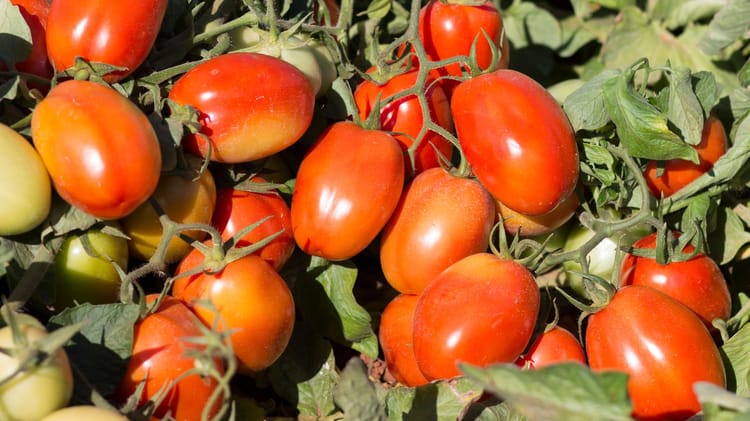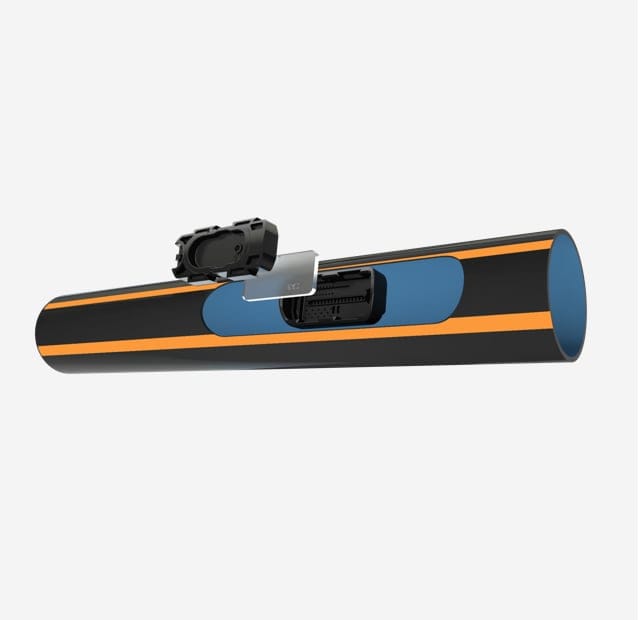It’s not about cost, it’s about making the best investment. It’s been proven that drip irrigation increases processing tomatoes yield, while also improving Brix. In addition, drip technology leads to significant savings in water, fertilizer and labor. Economic calculations show that in the long run, drip is the most sustainable system for processing tomatoes production, delivering higher economic returns than any other method.
Moreover, you cannot irrigate tomatoes with sprinklers or center pivots because of late blight, and furrow also causes many diseases. Drip avoids all these disease issues and improves yield and the quality of the end product.





